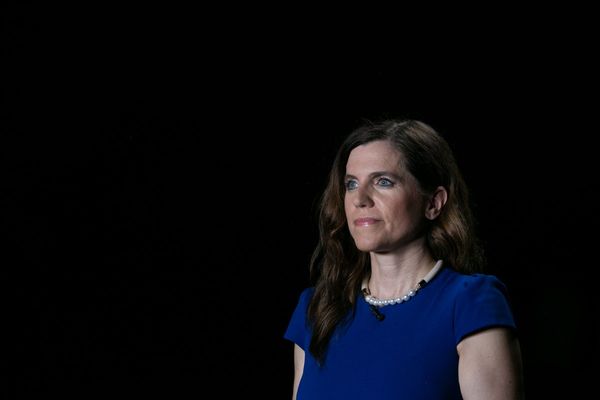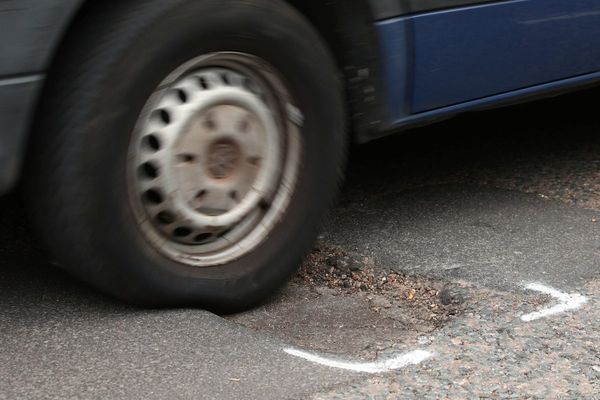

In 2021, Formula One had one of its best seasons in years, with a thrilling and extremely controversial season finale in Abu Dhabi. It went down to the wire, Max Verstappen edging past Lewis Hamilton on the last lap after a safety car intervention to win his first world championship.
The two ace drivers are set to battle it out again this year, but their tussle will play out in significantly altered circumstances. The 2022 season of F1, which gets underway in Bahrain next weekend, will usher in drastic regulatory changes that will see the cars sporting a vastly different look to the cars from 2017 to 2021.
The technical overhaul has primarily been aimed at solving one of F1’s biggest problems: a lack of close racing. The rules have been well-researched: top engineers, with access to a good budget, have worked on it and unlike some of the ad-hoc changes introduced in the past, the 2022 regulations are backed by a more rigorous level of scientific reasoning.
Modern F1 cars are engineering marvels with every bit of the vehicle designed and manufactured to make it go as fast as it possibly can. At the top end, the smallest increment in performance matters.
The biggest contributor to the car’s speed is its ability to create downforce using the wings (front and rear), inverting the principle used in aircraft where the wings create lift. Downforce presses the car to the track, allowing it to take corners at high speeds.
In this, the front wing plays a crucial role in guiding the airflow around the rest of the car and creates a significant amount of downforce. However, as the wings and aerodynamics became complex, close racing became a casualty. These cars, especially their front wings, couldn’t work well in the turbulent wake generated by the car ahead. The cars lost downforce which meant the drivers had to deal with understeer and sliding, which hurt the tyres.
To solve this, the new regulations have focused on reducing the complexity of the front wing and trying to generate more downforce from the underfloor of the car.
Until now, the floor had to be flat but this year it will be profiled in with a constriction to create a tunnel-like shape. This will allow the car to create a lot of stable downforce which is not as susceptible to turbulent wake from a leading car as the front wing-generated downforce is.
Similarly, the rear wing dimensions have also been changed to ensure the air from the car is sent high upwards and not directly at the car following behind.
Other changes
Apart from this, there are other changes, such as moving from 13-inch to 18-inch wheels and the elimination of bodywork called bargeboards near the sidepods of the car.
This will also be the last year of development for the power units as they will be officially approved before the first race and frozen for the next three or four seasons, helping manage costs.
New regulations can always reset the competitive order — they open up the possibility of a team nailing the solution to the rules and stealing a march over others.
2009, a year which had big changes, saw Brawn GP (Honda F1 in 2008), Red Bull and Toyota vault up the pecking order while the likes of McLaren and Ferrari, who dominated in 2008, dropped the ball.
Second year of budget cap rules
However, new rule changes always favour the big teams because they have more resources to throw at the problem. Fortunately for the competitiveness of the sport, this will be the second year of the new ‘budget cap’ rules which restrict the power of the big teams; the capped amount, however, is still more than what many small teams have at their disposal.
This will also be the second year of a new handicap system introduced in 2020 that limits the developmental time in CFD (Computational Fluid Dynamics) and wind tunnels for the top teams while giving the teams finishing lower more time to develop and catch up.
Despite that, based on the first pre-season testing in Barcelona last week, it appears that the top teams — Mercedes, Red Bull and Ferrari — are quite closely matched in pace, with Hamilton setting the fastest lap-time over three days.
McLaren too has looked good in testing so far while the likes of Aston Martin and AlphaTauri are set to battle it out in the midfield. One team that did not have a good test was Alpine, which has a lot of work to do to ensure it can give Fernando Alonso a good car.
An intriguing consequence of the new regulations has been how the various teams have interpreted the rules and come up with very different solutions.
Over the years, there has been criticism from top engineers, such as Red Bull’s Adrian Newey, that the restrictive regulations have meant most cars look the same with very few unique features.
But in 2022, the designs, especially pertaining to the sidepods, are very different across the teams which makes it interesting from an aesthetic point of view. The sidepods are an area of intense development, something Mercedes has focused on. Ahead of the second pre-season test in Bahrain, the constructors’ champion on Thursday introduced a revised car compared with the one tested in Barcelona. It has an extremely slim sidepod — some are even calling it the sidepod-less Merc.
Whether this variance across teams persists over the next few years, or whether teams converge on an ‘ideal’ solution with more knowledge and experience, remains to be seen.
Initial reactions from the drivers after the test in Barcelona have been encouraging. They feel they are able to follow cars closely for a longer period of time.
Now it is time to hope that the racing will be closer when the real action starts next week.







